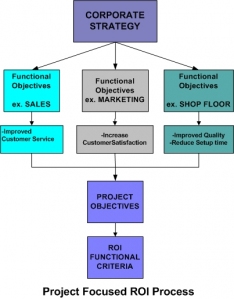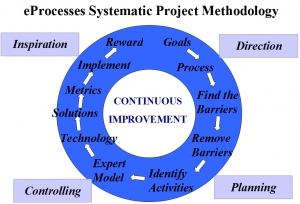An ongoing study of leadership roles, practices, and behaviors explores distinctions between individuals who disclose that they personally or their companies were financially harmed in the recent economic downturn and those who indicate that they or their companies experienced no financial harm. The responses vary by country.
Economic harm seems more likely among residents of Europe and North America than in Africa, Asia, Australia, or South America. Respondents from North America to date see 70% of 280 reporting financial harm while residents of Europe to date see 58% of 36 reporting a negative financial impact from the economic downturn. Africa, Asia, Australia, and South America reported 43%, 47%, 42%, and 71% respectively. If leading during economic recovery is different from leading at other times, and residents of Europe and the Americas are more likely to have experienced economic trauma than residents in the rest of the world, then we might expect leadership in Europe and the Americas to look differently than leadership elsewhere as the economic recovery proceeds.
Two somewhat universal themes emerge from research and experience. The first theme is that leaders rise to the surface. People display leadership that is disconnected to the position that they hold. When looking for leaders in organizations, we should not limit our search to people in somewhat traditional positions of leadership. It may be that future holders of positions of leadership come out of the ranks of leaders whose leadership is unrelated to their position. At the moment, these leaders have followers and these followers, rather than organizations or communities, give them power or authority based on the value that they bring.
The second theme is related to this added value. One value that leaders consistently add is a vision for the future that followers find compelling, attractive, and attainable at some level. As much as so many people promote the idea that people are afraid of change, the reality may be that the fear is of specific changes and that certain change is not only tolerable but desired at a visceral level. Leaders communicate a vision for a changed workplace or community or world that a critical mass of followers crave, or at least find positively exciting.
To find the leaders, look for the followers. To understand why they are leaders rather than somebody else, look for the vision.


